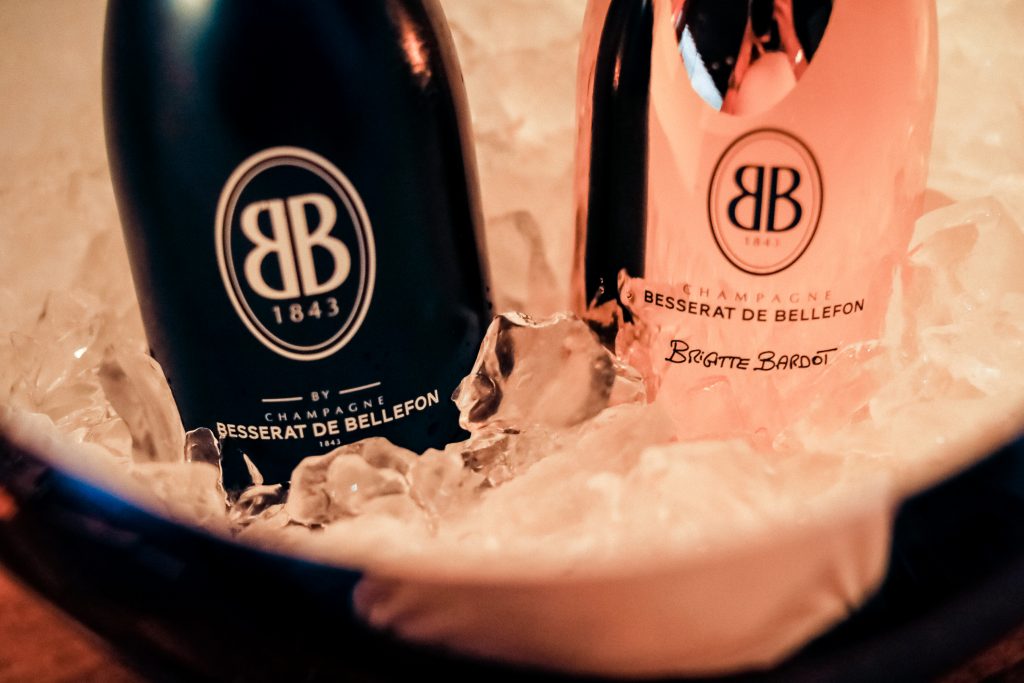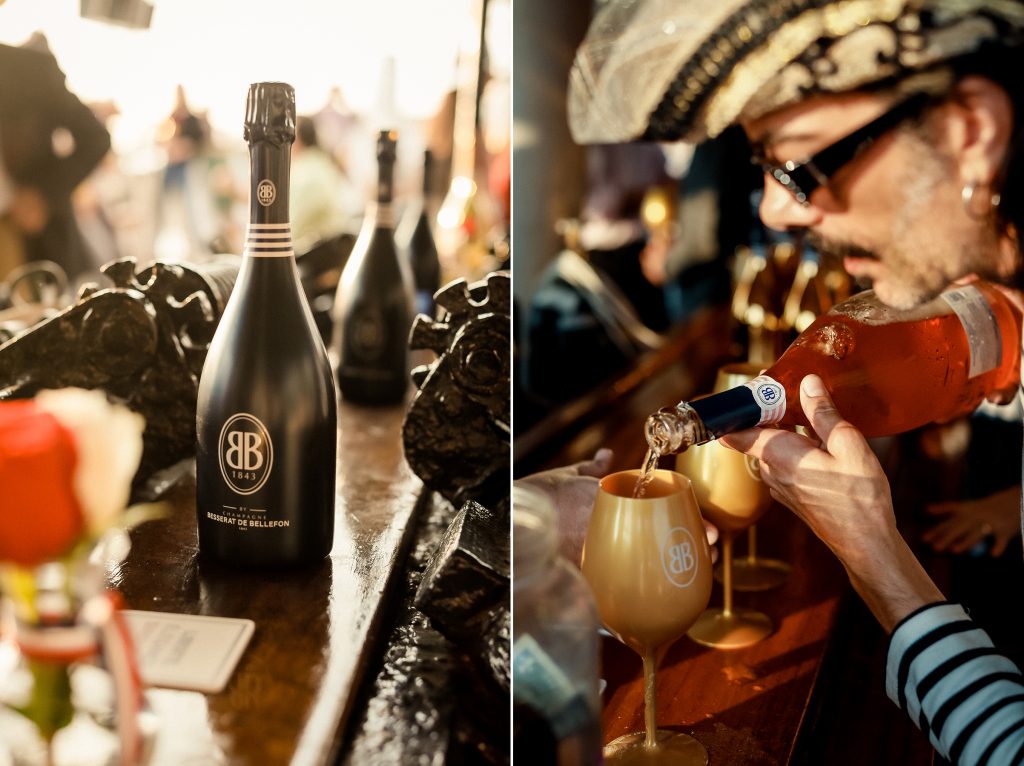Champagne Besserat de Bellefon’s Future-Forward Design Developments
From biodynamic farming to all-new bottles, an elegant advancement for the historic brand

Few references evoke as much sensation as Saint-Tropez in the ’60s. To think on this glamorous sliver of sunshine, starlets and the jet set conjures nostalgia and desire. That’s what managing director Godefroy Baijot sought to encourage with the updated design of Champagne Besserat de Bellefon. The family-owned brand, which Baijot will take over when his father retires in 2020, claims more than 175 years of history. Baijot is respectful of that as he positions their products for another 175—by injecting the spirit of Saint-Tropez into each bottle.

“Every Champagne house wants to be timeless,” Baijot says. “As an industry, Champagne has always been innovative and audacious. Yet, it keeps ‘savoir faire,’ craftsmanship and heritage at the forefront. These are strong foundations. There’s an emphasis on honoring your roots—but it is not enough. You need a strong personality with a unique house style and you must have it without inhibition. We have always been different.”

Biodynamic farming and production is the largest challenges they’ve embarked upon—and they’ll continue to do so as they shift entirely by 2030. “In 2009, we bought 16 hectares of biodynamic vineyards in Champagne, in Vallée de la Marne,” he says. “The vineyards were in bad shape so we had to work very hard for three years—replanting vines and working the soil. During this time, we didn’t produce any wines. 2012 was the first harvest and our first vintage for our TRIPLE B Cuvée. It was an undeniable success.” A lesson, an experiment and a commitment to self deliver one of their most exciting products.

“Simplicity is the key of elegance,” Baijot continues, “but that is not the BB style.” When redesigning the packaging, Baijot and his team focused on the predominant attributes of their Champagne: “fresh, clean and modern.” The brand utilized their historic colors, blue and white, most importantly with regarding to the bottle for their flagship product, the Cuvée Bleu Brut. “Then the final touch is the use of stripes,” Baijot adds, “the famous french marinière was incorporated across all BB lines.”

The BB house style values finesse over power. All of their wines are approachable—even the limited-edition prestige products. Their core is broken into three categories: Simplicité, Élégance and Liberté. With regarding to Simplicité, one discovers their entry-level brut, extra brut and rose. A Grands Cru Blanc de Blancs, Blanc de Noirs and Vintage 2008 compose the Élégance line. And finally, Liberté features the Cuvée BB 1843 and the Cuvée Brigitte Bardot. The latter premium product makes the closest connection to France’s Côte d’Azur—and was officially authorized by Bardot herself. As expected of a Champagne that honors Bardot’s lifestyle in the ’60s, the liquid itself is an utter satisfaction.
For all the beneficial changes, Baijot underscores that point that BB is one of the most important Champagnes in the history of France. “We are the official champagne of Musée du Louvre and Musée d’Orsay in Paris. We were the first Champagne to be served in the ‘Concorde’ plane,” he says. It’s been poured from the French Presidential palace l’Élysée to Le Moulin Rouge and Crazy Horse, and with Baijot’s vision, hopefully many more places across the globe.
Images courtesy of Charles Roussel












